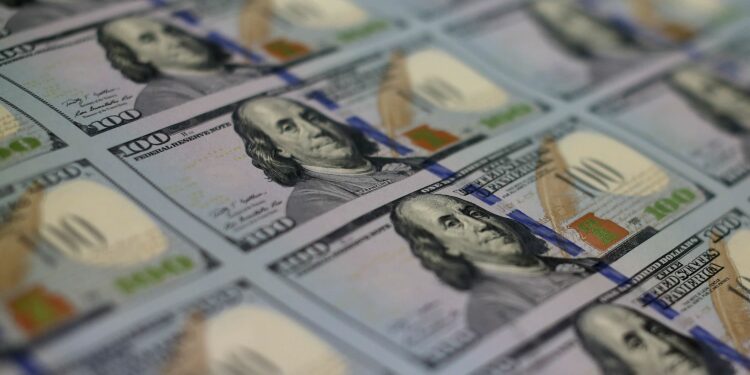The U.S. dollar experienced a strengthening trend on Monday because investors focused on the upcoming August 1 deadline for new tariffs under President Donald Trump’s “Liberation Day” plan while anticipating fresh trade conflicts and limited policy guidance from Washington.
Trump officially stated that the increased tariffs would begin on August 1 while announcing his plan to send letters to twelve countries. He proposed raising tariffs by 10% for countries joining BRICS while warning them about their “anti-American” policies. The White House continues to assess the potential consequences of using strong tariff measures according to analyst predictions.
IG’s Chris Beauchamp believes the administration displays tough talk but avoids creating the market volatility which occurred in April. Traders appear to agree. The market expects only a small increase in volatility according to currency options data which indicates another possible extension.
The dollar index reached its highest point in one week at 97.29 after U.S. labor data showed resilience which reduced expectations about Federal Reserve rate cuts. The greenback maintains its position at 3.5-year lows because its safe-haven status remains uncertain while losing 10% of its value throughout the year.
The dollar rose by 0.78% to reach 145.73 yen and it increased by 0.25% against the Swiss franc. The Australian and New Zealand dollars which are risk-sensitive currencies declined before central banks made their interest rate decisions. The sterling maintained its recent peak position yet decreased slightly because of political and trade-related uncertainties.




